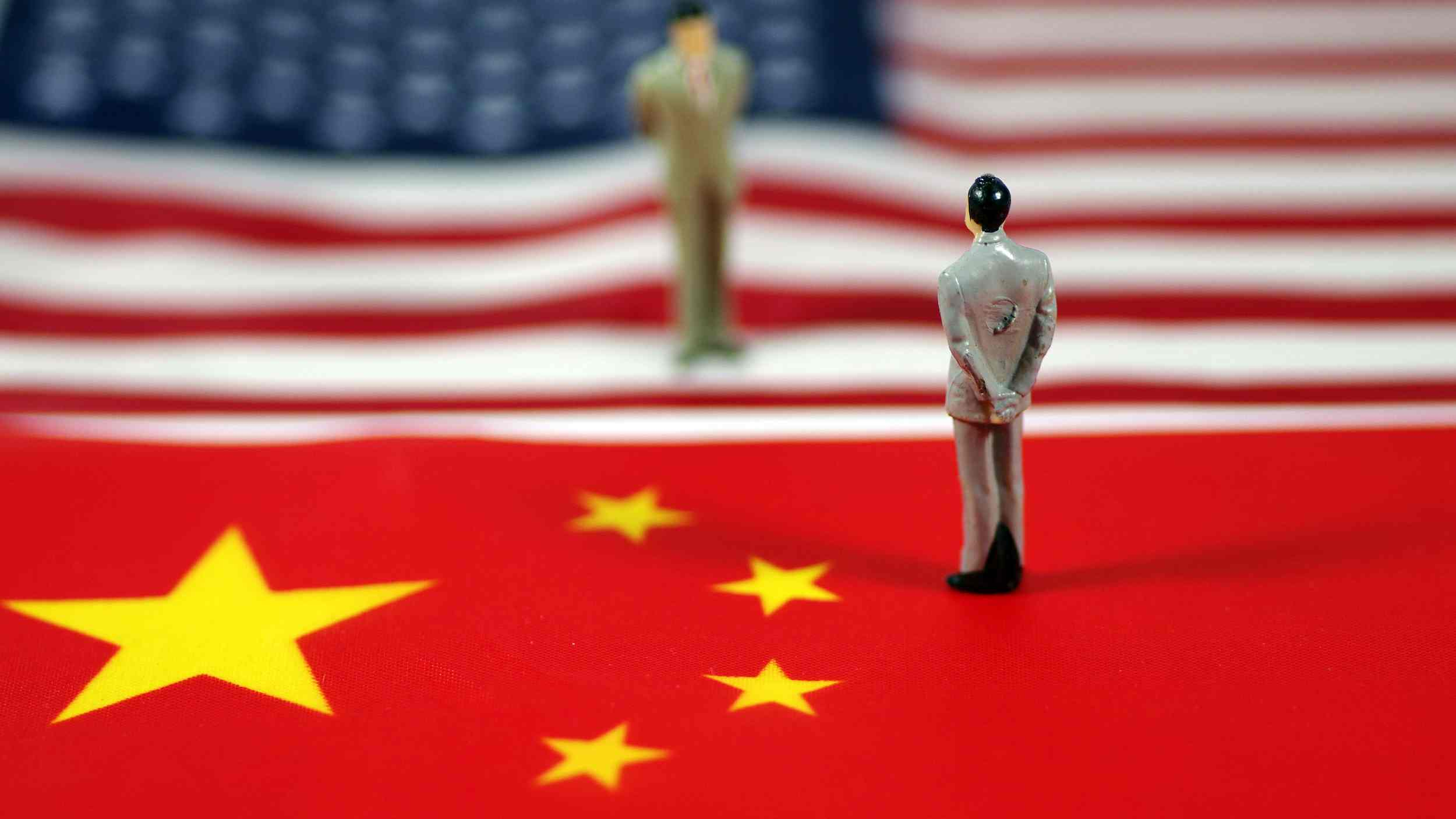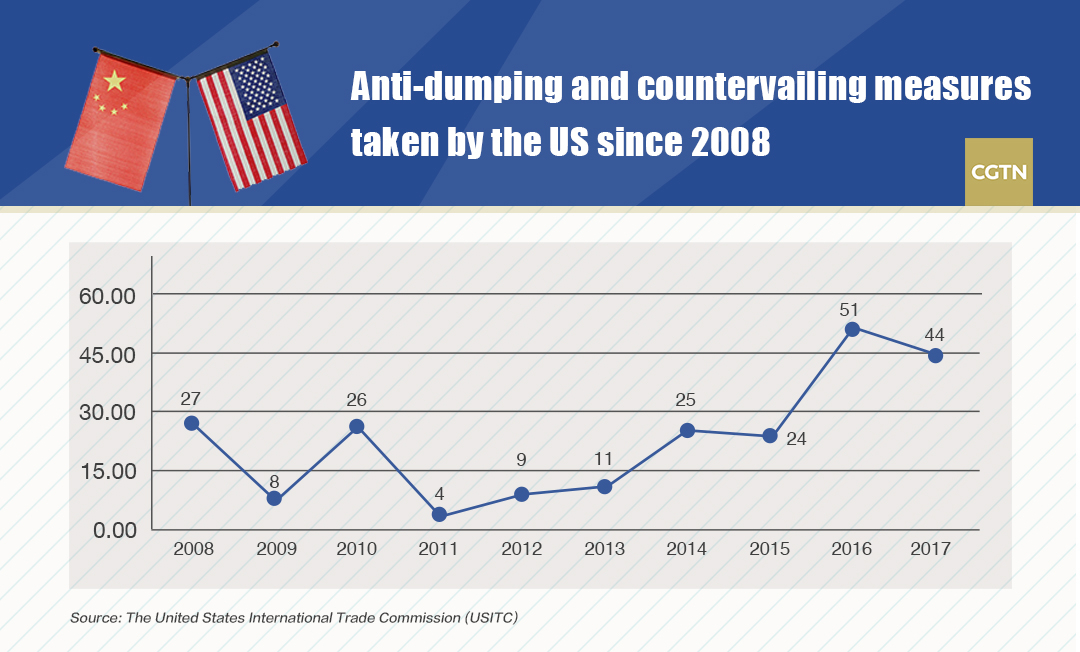
Business
15:40, 24-Sep-2018
China criticizes trade protectionist practices of the US administration
Updated
15:28, 27-Sep-2018
CGTN

The United States has imposed a large number of restrictive policies on trade and investment, impeding fair trade and competition and isolating the global industrial chain, according to a white paper on the facts and China's position on China-US trade friction released on Monday.
Those restrictive policies damaged the multilateral trading system as well as China-US economic and trade relations, the white paper said.
Discrimination against foreign products
The US has been strongly discriminatory against other countries' products entirely out of egoism and protectionism. Its market regulation policies stood in the way of fair competition of the products market.
The country ranked the 27th of 35 members of Organization for Economic Cooperation and Development (OECD) being listed by Indicators of Product Market Regulation, an index weighing the difficulties posed by market regulation policies.
In addition, the US abused the National Security Review and massively adopted trade remedies to protect its own industries, and quite a large part of that protection is pointed at China.

China is the main victim of the US Security Review. Among 387 investment deals in 39 economies as reviewed by the Committee on Foreign Investment (CFIUS) from 2013 to 2015, 74 of them were from Chinese companies, accounting for 19 percent of the total, and China has become the most reviewed country in three years in a row.
Abusing trade remedies
While creating barriers to international free trade, the US provided plenty of subsidies, assistance and preferential loans for its industries and enterprise.
From 2000 to 2015, the US federal government granted at least 68 billion US dollars worth of subsidies by funding and tax credits and so on, according to a subsidy monitoring organization.
The US' trade protectionism measures secured a growing share of the global market. Of the 837 new trade protectionism measures across the globe in 2017, the US introduced 143 measures, accounting for 17.1 percent of the total, according to the Global Trade Alert.
From January to July this year, the trade protectionism measures introduced by the US accounted for 33 percent of the total.
As of July 17 this year, 44 US anti-dumping and countervailing measures are still in force, according to the United States International Trade Commission (USITC). And, 58 percent of those measures have been introduced since the financial crisis in 2008, mainly targeting China, EU and Japan.

SITEMAP
Copyright © 2018 CGTN. Beijing ICP prepared NO.16065310-3
Copyright © 2018 CGTN. Beijing ICP prepared NO.16065310-3